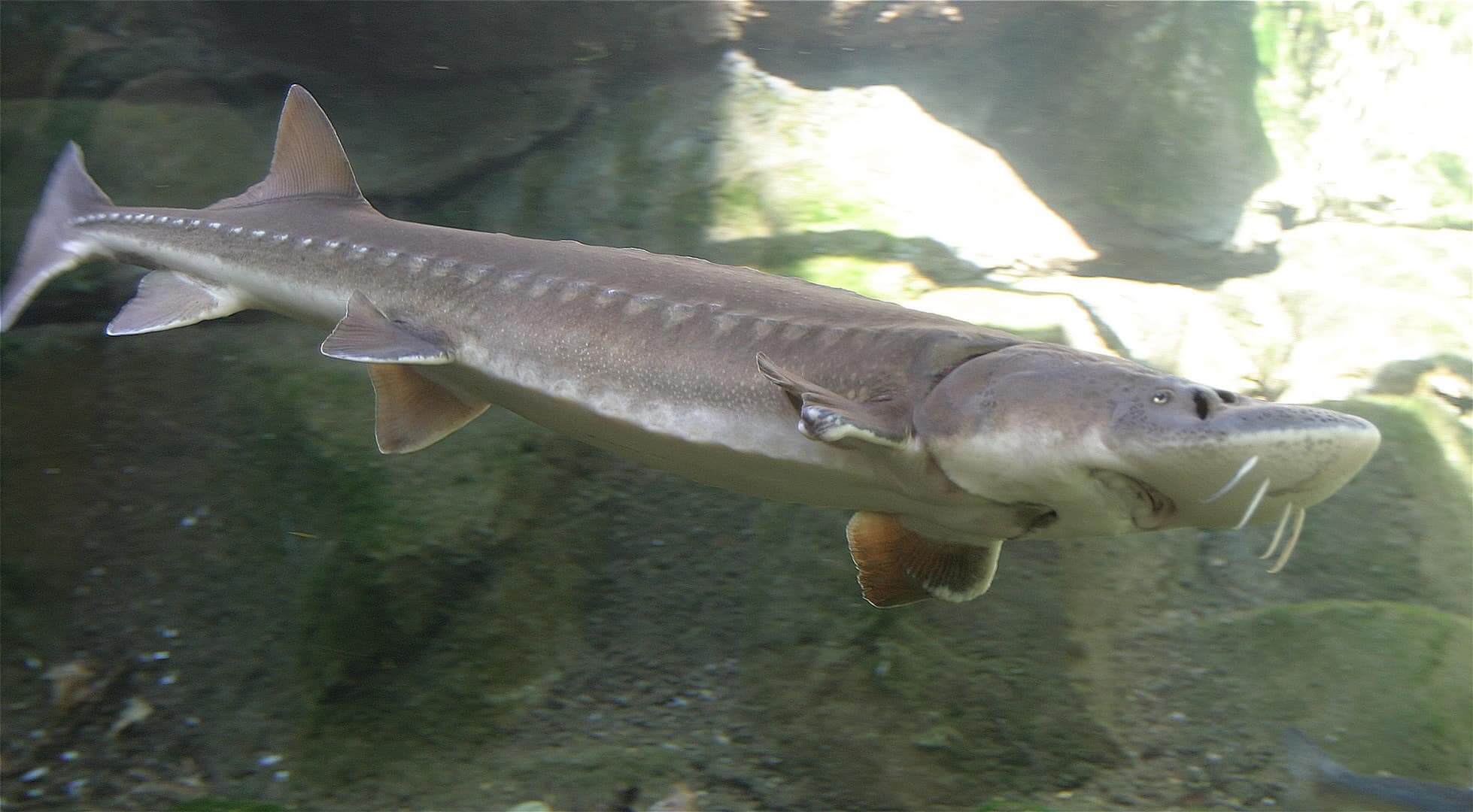Sturgeon

Scientific name: Acipenser fulvescens
Size: The Lake Sturgeon is the largest and longest lived of any of the watershed’s freshwater species. An adult sturgeon can reach a length of 2.5 metres, weigh more than 150 kilograms and live more than 100 years.
Habitat: The Lake Sturgeon’s habitat is freshwater lakes and rivers with soft bottoms of mud, sand, or gravel. They are usually found at depths of 5 to 20 metres.
Diet: Lake Sturgeons eat small invertebrates found on lake or river bottoms, such as crayfish, snails, claims, and leeches.
Native/ Non-native: The Lake Sturgeon is a native species in North America.
Status: The Lake Sturgeon was listed as a special concern when the Endangered Species Act took effect in 2008. On September 10, 2009 the species was divided into 3 distinct populations and listed as threatened (Great Lakes – Upper St. Lawrence and Northwestern Ontario populations) and special concern (Hudson Bay – James Bay population). The Great Lakes – Upper St. Lawrence populations were reassessed as endangered in November 2017.
Fun Fact: The oldest known specimen of Lake Sturgeon, caught in Lake of the Woods, was 154 years old!
